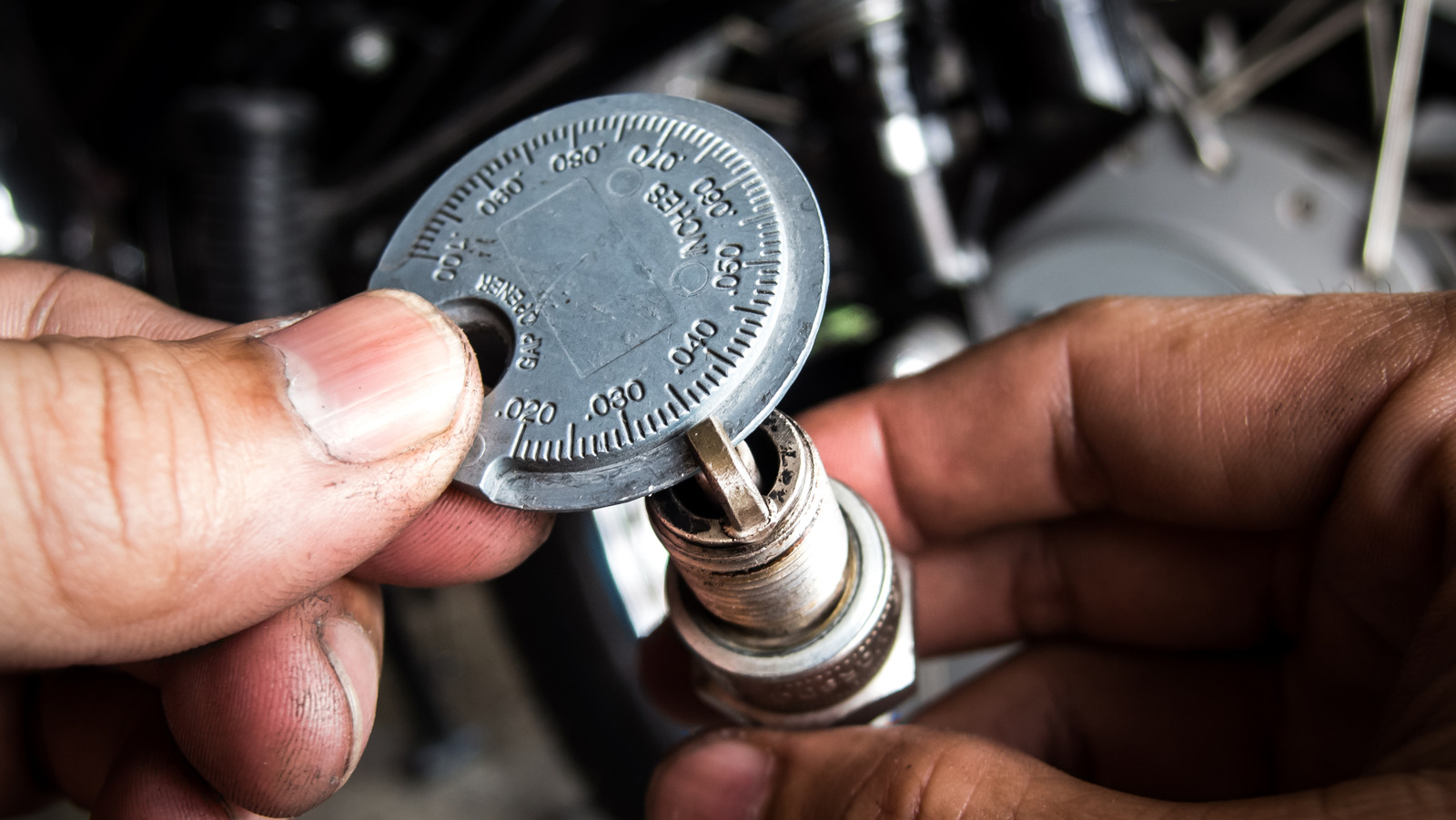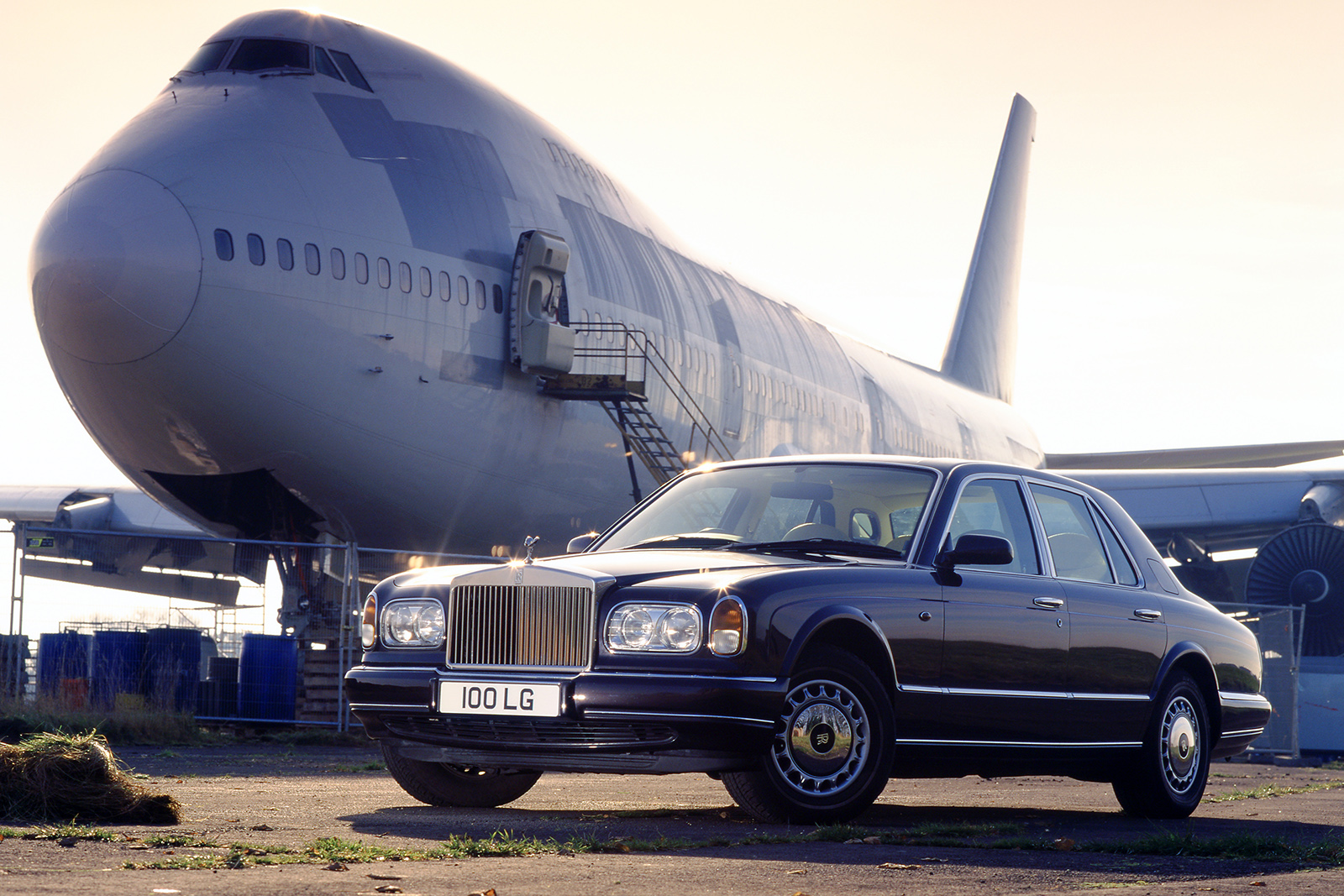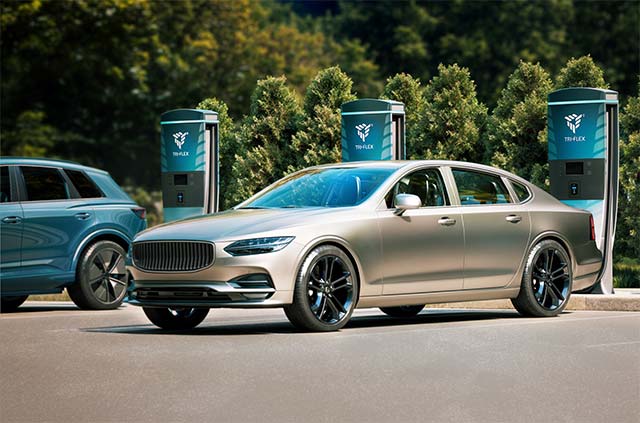Austria’s Underdog Grape Rivals the Great Reds of the World
Austrian winemakers have redefined what Blaufränkisch can be, transforming it from a rough, tannic peasant wine into a sleek, sharp red. [...] Read More... The post Austria’s Underdog Grape Rivals the Great Reds of the World appeared first on Wine Enthusiast.
It was a scorching afternoon in Gols, Burgenland—the kind that draws you into cool cellars. I stepped into the brick-encased underworld of the Nittnaus family, where barrels rest above open earth covered in gravel. Martin Nittnaus guided me through a tasting of Blaufränkisch, as his father, Hans—“John” to friends—greeted us with a nod. No pretension or performance here, just quiet reverence for the grape that defines their lives.
“You have to embrace the acidity,” Martin said, swirling his glass, the liquid catching what little light seeped in. “It’s the vehicle for drinkability.”
It struck me then: this grape is not about fruit, tannins or power. It’s about weaving every element of the wine—acidity, body, alcohol, aromas and texture—into pleasure. That’s the beauty of modern Blaufränkisch: complexity without rustic snarl, elegance without losing soul.
A Downtrodden Royal Returns
Blaufränkisch, as it is known in its homeland of Austria, was once the noble grape of the Habsburg Monarchy—“Fränkisch” signaling class and pedigree. It thrived under various aliases: Kékfrankos in Hungary, Frankovka across the Balkans, Modra Frankinja in Slovenia, Lemberger in Germany.
Then came war, communism and industrial winemaking. Quantity drowned quality. Its pedigree, forgotten.
The tide shifted in 1986 when Ernst Triebaumer crafted Ried Marienthal, a Blaufränkisch that defied expectations—elegant, age-worthy, world-class. That bottling whispered what others had forgotten: this grape could be great.
By the late ’90s, pioneers like Roland Velich of Moric, Uwe Schiefer and Hans Nittnaus followed suit. They turned from chemicals and heavy-handed winemaking to responsible farming and terroir-driven wines.
“I made different wines in the ’90s—bigger, more powerful. That was the style back then,” says Hans Nittnaus. “But now, I want to show what Blaufränkisch can really do.”
Their work inspired a younger, bolder crew in the 2010s: Franz Weninger, Christian Tschida, Gut Oggau, Claus Preisinger, Rosi Schuster, Markus Altenburger. They stripped the grape back to its bones. The wines became lighter, more ethereal, but still structured.
That acidity Martin speaks of? It became the backbone.
“2013 was a turning point for me—a cooler year with lower sugars but nice ripeness,” says Markus Altenburger. “We used to harvest last in the village because I hate unripe tannins. But once we improved our vineyard work and eased stress on the vines, we realized we could achieve physiological ripeness earlier and make balanced, delicious wines with lower alcohol.”
While those heavy-handed, higher-alcohol bottlings of the past are still being produced, yet another wave of sleek and sharp Blaufränkisch producers are right on the heels of Altenburg and his ilk.
Clemens Krutzler, son of Reinhold, an Eisenberg early trailblazer, carries the torch with precision. Mathias Rauscher, who trained with Heinrich and Lichtenberger-Gonzales, now crafts polished yet gritty wines under his micro-winery, Rauschnitt.
Burgenland: The Beating Heart of Blaufränkisch
Many of the winemakers in this movement are based in Burgenland. The borderland region, where Austria brushes up against Hungary, is Blaufränkisch’s heartland.
Warm Pannonian winds ripen grapes under sunny skies, while the soils—a patchwork of limestone, schist, clay and gravel—brush the wines with different strokes. Three of Burgenland’s most important appellations (Districtus Austriae Controllatus or DAC) are dedicated to Blaufränkisch.
Leithaberg, where the Nittnaus family works, blends limestone and schist across sunlit slopes above Lake Neusiedl. These wines shimmer with tension—fruit wrapped in stone. In Mittelburgenland, the deep, loamy soils are on the opposite side of the spectrum with structure and power. “Blaufränkischland,” they call it. Eisenberg, to the south, has cooler air and schist soils that yield nervy, mineral wines that lie somewhere in the middle.
“For me, Blaufränkisch from schist are always linear—focused from front to back, like a train, very straight—while limestone gives a broader feel on the palate, tightening towards the finish,” says Martin Lichtenberger of Lichtenberger-Gonzales, explaining how the specific terroir impacts the wine.
Beyond Burgenland: Blaufränkisch Blooms Across Austria
But Blaufränkisch’s frontier spirit pushes beyond Burgenland.
East of Vienna, in the region of Carnuntum, Spitzerberg is a sun-blasted ridge of stubborn limestone where Lukas Brandstatter, vineyard master for Dorli Muhr, crafts wines brimming with violets and earth—light as silk but with a spine of steel. “It’s extreme,” Muhr told me on a particularly windy day in the very windy region, gusts slashing at her jacket. “But that’s what makes it sing.”
Muhr and Brandstatter have leaned into whole-bunch fermentations. The addition of woody water-rich stems absorb some ethanol and bring freshness, bitterness and can balance ripe grapes that are high in sugar—essentially defying the heat of climate change. “We get more freshness, less alcohol,” Muhr said. “It sharpens that limestone tension we’re after—density, complexity.”
Their colleague Johannes Trapl shares the same vineyard site, and goes even further in lightness crafting ethereal Blaufränkisch. With the goal of finesse, he keeps his grapes from getting too much sun exposure, opts for light extraction in the cellar and uses large wooden barrels to prevent the wine from further concentration.
Further south, in rainier Styria, Blaufränkisch is rare but potent. Karl Schnabel works schist slopes in the Sausal range. “It’s the schist,” he told me, mud-caked and grinning on a wet spring day. “That’s what gives it a voice.”
From Peasant Wine to Pride of a Nation
These winemakers, who are letting Blaufränkisch speak for itself, have redefined what the grape can be. No longer the rough, tannic peasant wine, it stands toe to toe with the great reds of the world—Rhônes, Barolos and Burgundies—but without the nosebleed price tags.
It’s still a bit of an insider’s secret, though that’s changing. Bottles from Weninger, Moric, Nittnaus, Tschida and Muhr are now widely discussed in sommelier circles from New York to Tokyo.
Back in that cellar in Gols, I took another sip of Nittnaus’s Altenberg Blaufränkisch barrel sample. The wine had the brightness of cherries, the coolness of stone and a thread of earth tying it all together. It was pure pleasure—but also something more. A salt of the earth reminder that wine is never just liquid in a glass. It’s history, soil, perseverance and sweat. It’s the family standing in that cellar, discussing their future and betting on the underdog grape.
Wine Enthusiast recommends:
Nittnaus Anita und Hans 2021 Ried Altenberg Jois Blaufränkisch (Leithaberg)
This is fine and very complex, with a medium-bodied profile that features succulent cherry, raspberry, rose hip, eucalyptus, green tea and white pepper aromas and flavors. It is silky and suave, built like a gymnast, presenting moderate tannins and bright acidity behind the fleshy core. It is expressive and bursting with energy, while tannins shore up the terrific saline aftertaste. It offers fine balance and great promise for cellaring. Best after 2026. Cellar Selection. 96 points — Aleks Zecevic $31 Le Bendige Weine
Claus Preisinger 2022 Bonsai Blaufränkisch (Weinland Österreich)
This is almost ethereal, but it is also expressive and easy to like, featuring notes of tea rose, ground spice and forest floor upfront. It is delicate and very light at the core with layered flavors of crème de cassis, raspberry coulis, and some gamy and smoke notes. It is all backed by ultrafine tannins and bright acidity. 92 points — A.Z. $50 Franklin Wines
Wachter Wiesler 2020 Ried Ratschen Reserve Blaufränkisch (Eisenberg)
Graceful and very refined, this has a mouthwatering cut to the Damson plum, red currant, loamy earth and charcoal, which are underscored by a blaze of bay leaf. Corduroy-like in texture, it features a smooth feel but also grip along the way. It is long and taut through the finish, offering flecks of leather, blood orange and rose tea, which invite you for more. This should age gracefully, as well. Cellar Selection. 95 points — A.Z. $50 Saratoga Wine
Dorli Muhr 2020 Ried Spitzerberg Obere Roterd Prellenkirchen Blaufränkisch (Carnuntum)
Although quite youthful, this is very expressive now. Notes of tea rose and ground spice frame the core of cassis and raspberry coulis. This elegant red features a structure built from ripe acidity and refined tannins that support the flavor profile and will carry it for cellaring. Best after 2025. Cellar Selection. 94 points — A.Z. $68 Moore Brothers
Schnabel 2021 Kor Blaufränkisch (Austria)
Fresh, lively and vertical in profile, with vibrant acidity and sleek body, this is built like an athlete, not showing a lot of fat, just muscle and bones. It exhibits strawberry, cherry, hibiscus, iron and loamy earth flavors, supported by a vivid structure. It shows fine harmony and a long, fruit- and mineral-tinged finish. This can also take some air, staying stable and focused for hours. It should age gracefully. Cellar Selection. 95 points — A.Z. $59 Flor Wines
More Red Wine Coverage:
- Not sure what to pair with breezy warm weather meals? Try these light reds.
- From Uruguay to Virginia, Tannat is taking off.
- In case you hadn’t heard, Cabernet Franc is in its “it” grape era.
- Low in alcohol, high in flavor: Meet the lean red wines of the Central Coast.
- Better than Burgundy? Spätburgunder—a.k.a. German Pinot Noir—is making a splash.

From the Shop
Find Your Wine a Home
Our selection of red wine glasses is the best way to enjoy the wine’s subtle aromas and bright flavors.
The post Austria’s Underdog Grape Rivals the Great Reds of the World appeared first on Wine Enthusiast.






















































































































































